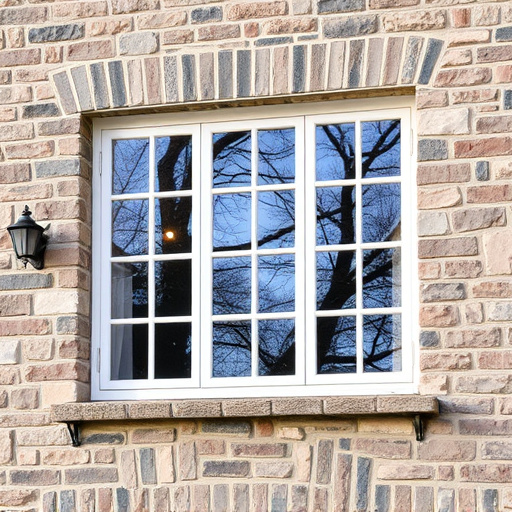Plan your dream new kitchen with realistic goals based on lifestyle and budget. Prioritize must-haves, track expenses, and get creative with cost-effective features to achieve a fulfilling kitchen transformation without overspending.
Planning a dream new kitchen project? Budgeting is key to turning your vision into reality without breaking the bank. This guide offers practical tips and insights for navigating the financial aspects of your new kitchen, from setting realistic goals to creative savings strategies. Learn how to track expenses across design, installation, and upgrades, ensuring a seamless and budget-friendly transformation.
- Setting Realistic Goals for Your New Kitchen
- Tracking Expenses: From Design to Installation
- Creative Ways to Save on Kitchen Upgrades
Setting Realistic Goals for Your New Kitchen

When planning your dream new kitchen, setting realistic goals is crucial for a successful project. Start by evaluating your lifestyle, cooking habits, and budget constraints. Consider how many people will be using the space daily and what specific tasks it will accommodate. Will you need ample storage for large families or a compact setup for studio apartments? Defining these needs will guide your design choices and help you avoid overspending on unnecessary features.
Remember that a new kitchen is an investment, especially when considering home additions like customized home renovations or upgrading kitchen and bath spaces. Prioritize what matters most to you—whether it’s state-of-the-art appliances, a stunning backsplash, or a functional island—and allocate your budget accordingly. This strategic approach ensures you stay on track financially while creating the kitchen of your dreams.
Tracking Expenses: From Design to Installation

Tracking expenses is a crucial step in bringing your dream new kitchen to life, especially when considering a multiple room remodel or customized work. From initial design consultations to final installation, every aspect should be meticulously documented. Start by creating a detailed budget that accounts for materials, labor, and any unforeseen costs associated with the kitchen remodel. Keep receipts and invoices organized as you source different elements, from appliances to countertops.
Regularly update your tracking system throughout the project. This practice ensures you stay on top of spending and can easily identify areas where adjustments might be needed. Remember that a well-planned and tracked budget empowers you to make informed decisions, allowing for a smoother transition during the kitchen remodel process without overspending or compromising your vision.
Creative Ways to Save on Kitchen Upgrades

When planning a new kitchen, creativity can be your secret weapon when it comes to sticking to a budget. One effective strategy is to focus on personalized features that don’t always require a significant financial investment. For instance, instead of opting for stock cabinets, consider upcycling old ones or exploring DIY options. Customized work doesn’t always mean intricate designs; simple modifications like adding hardware or refacing can transform your space at a fraction of the cost.
Additionally, don’t underestimate the power of interior painting. A fresh coat of paint can instantly update your kitchen’s look and feel without breaking the bank. If you’re on a tight budget, choose neutral colors for walls and cabinets to create a versatile backdrop that lends itself to future changes. Moreover, home improvement services offer numerous packages or discounts, especially when bundled together. Keep an eye out for such opportunities to save on various aspects of your new kitchen project.
Planning and budgeting for a new kitchen can be an exciting yet challenging endeavor. By setting realistic goals, meticulously tracking expenses, and exploring creative savings strategies, you can transform your culinary space without breaking the bank. Remember, with careful navigation and these valuable tips, achieving your dream kitchen is well within reach.














